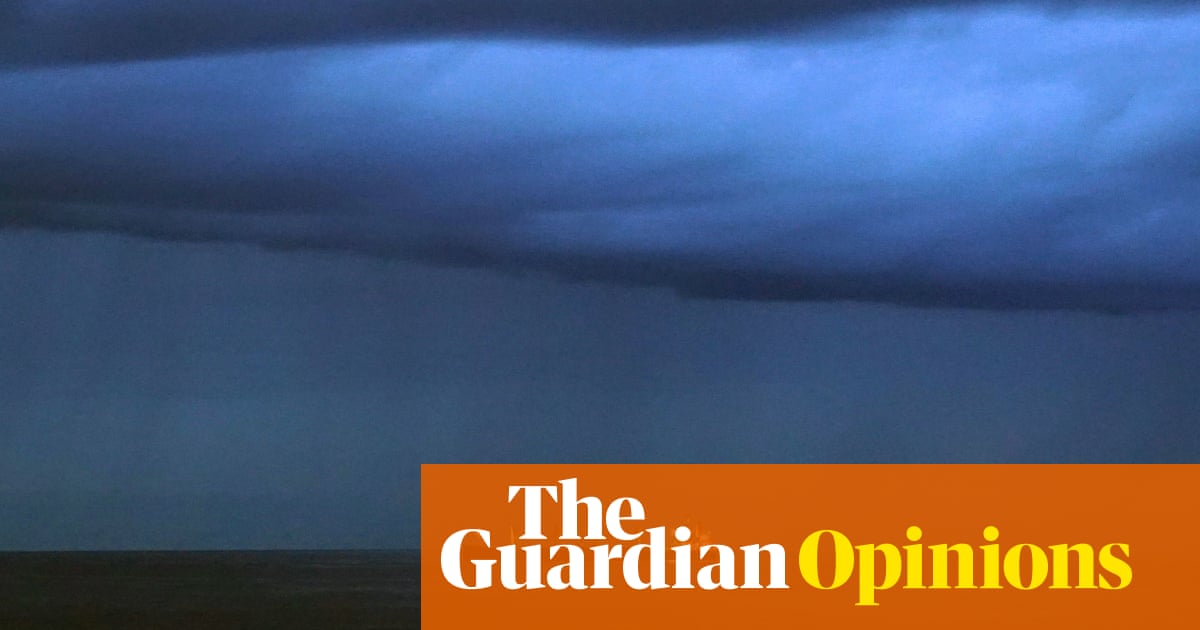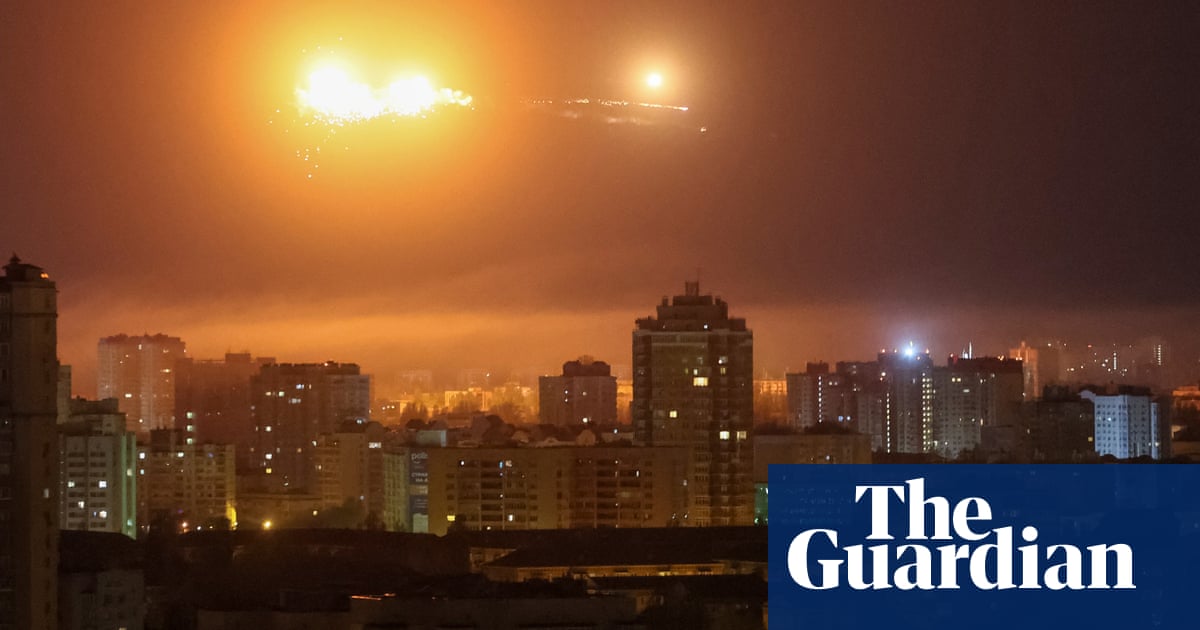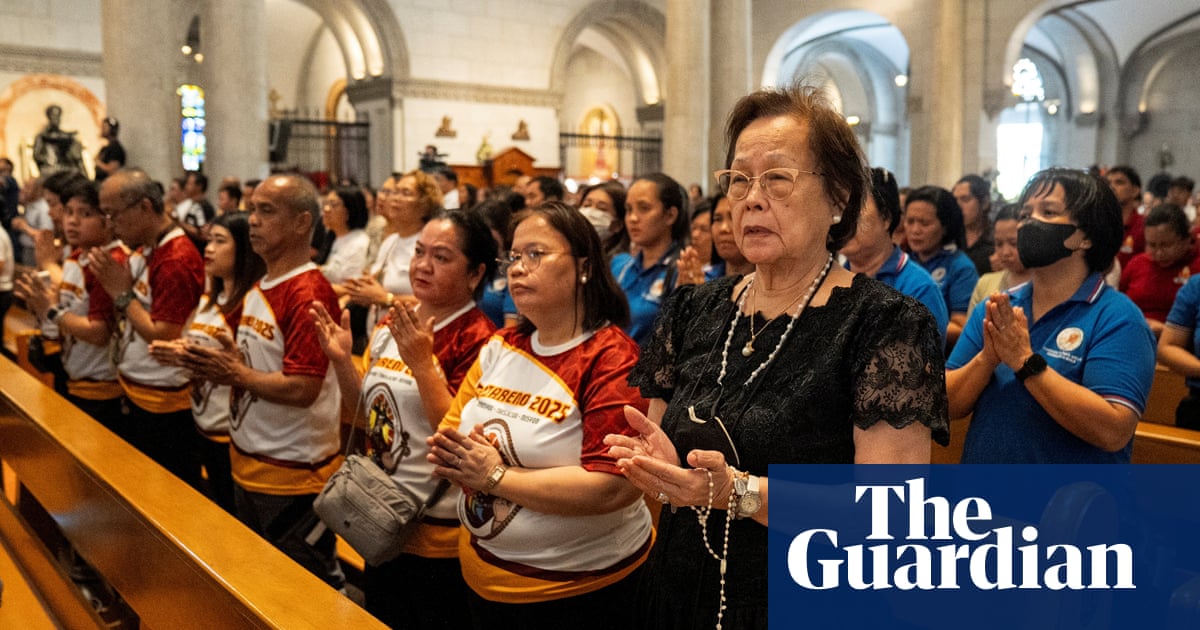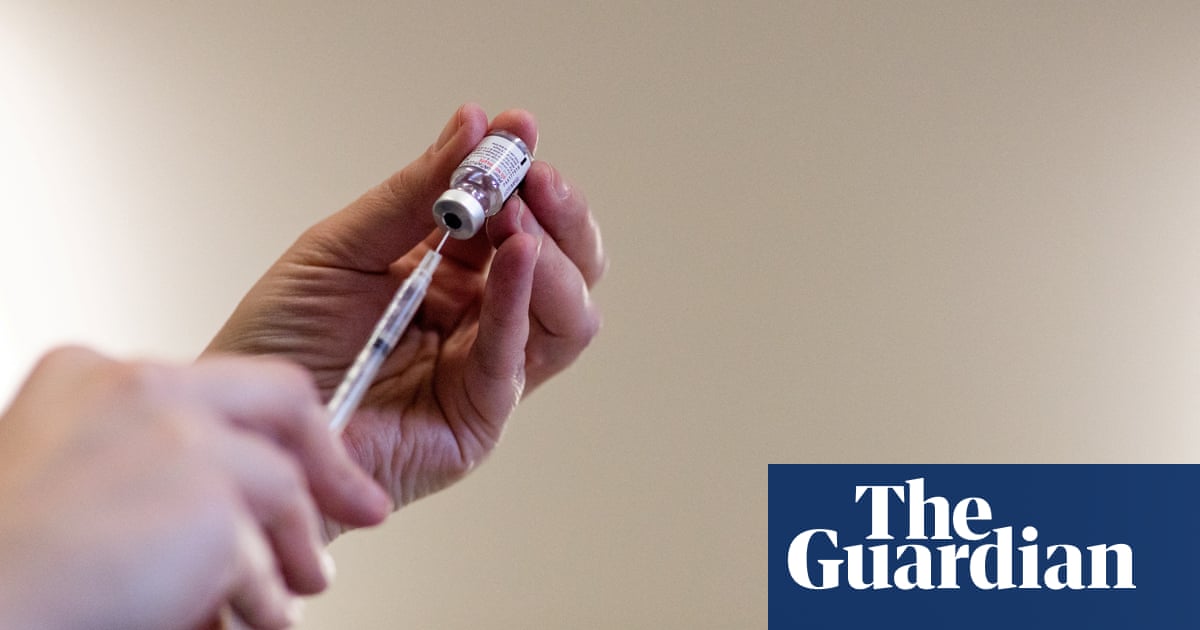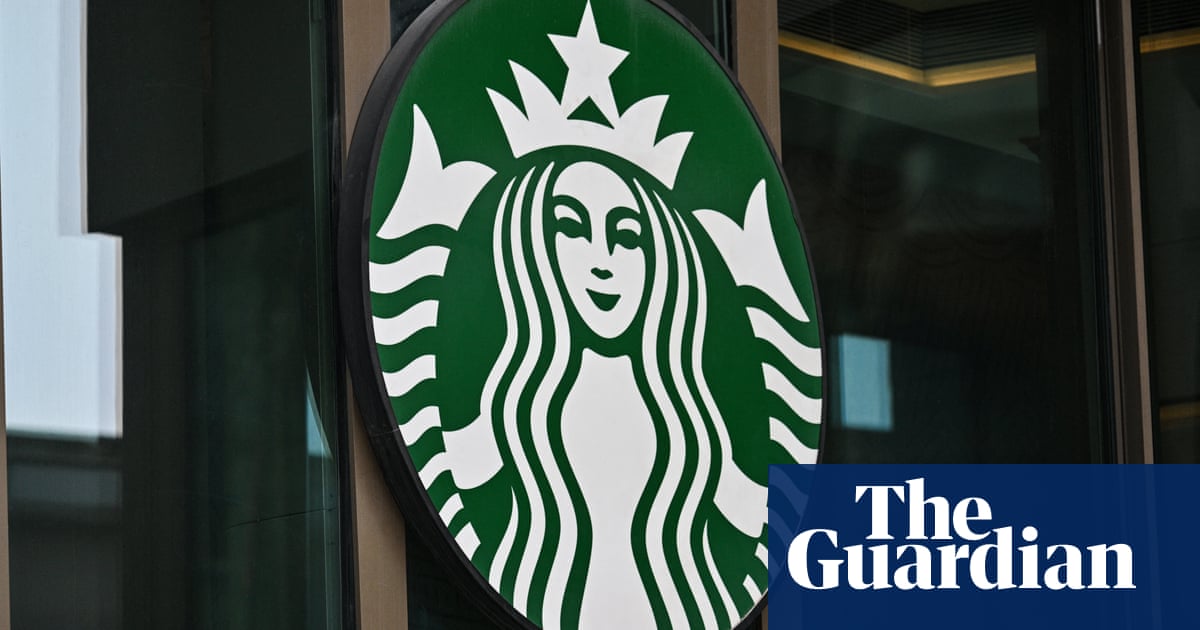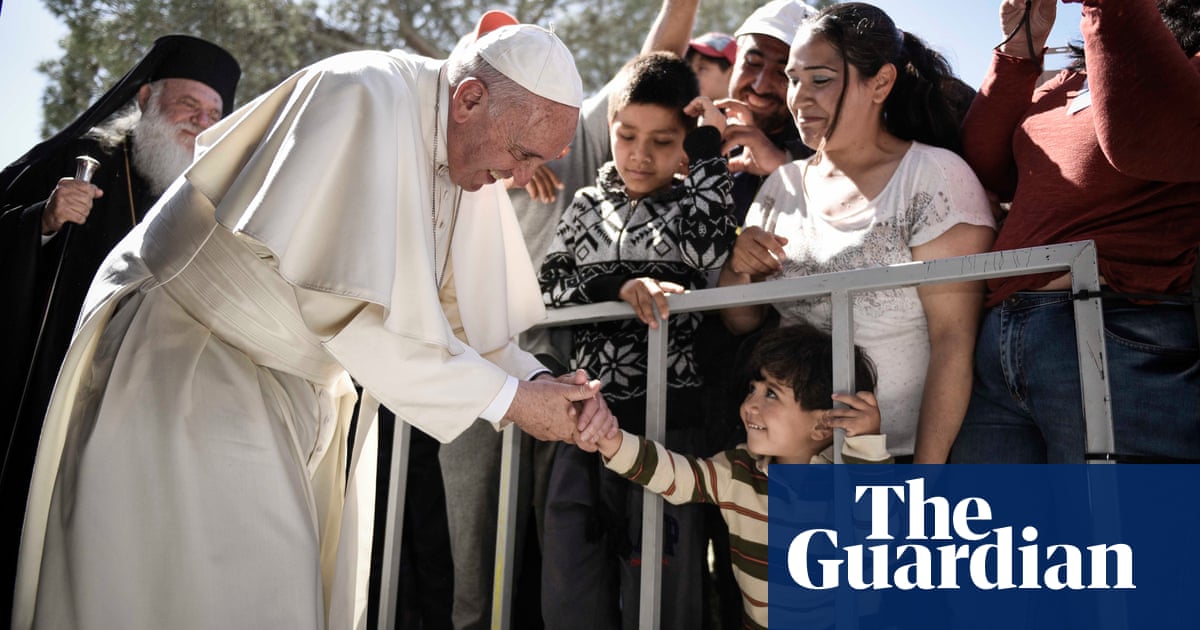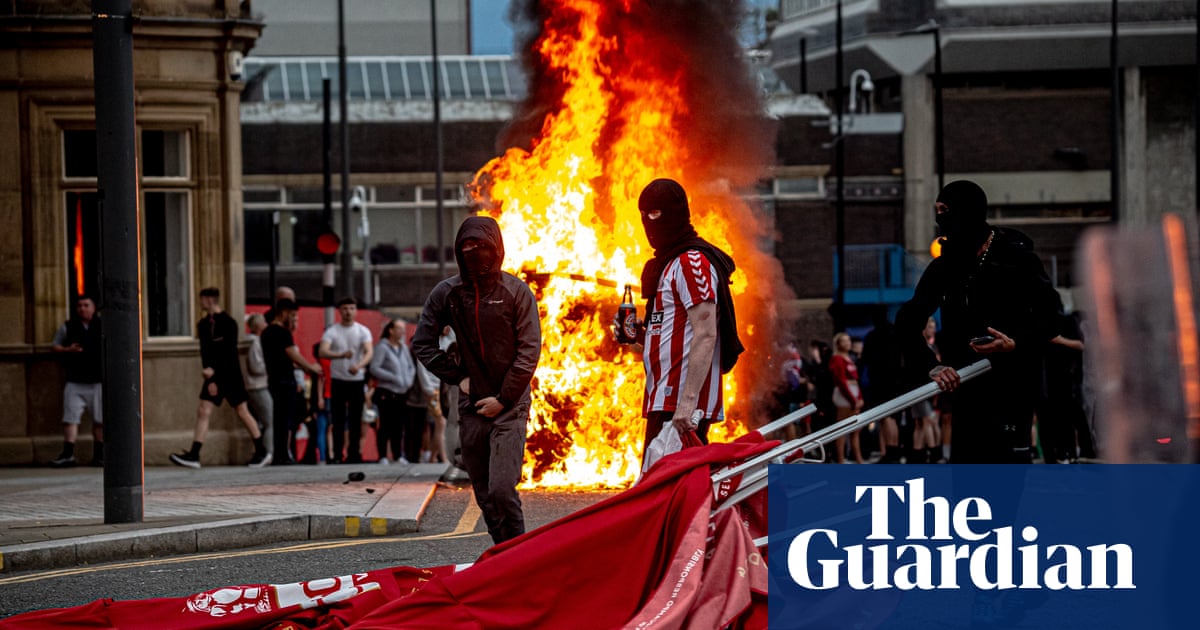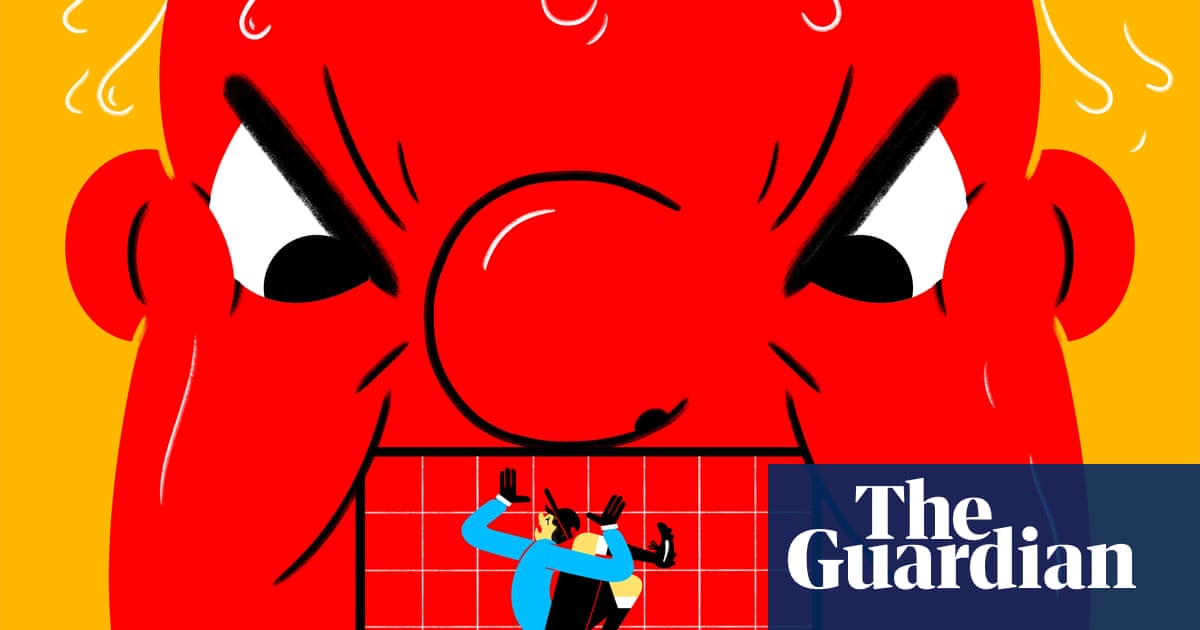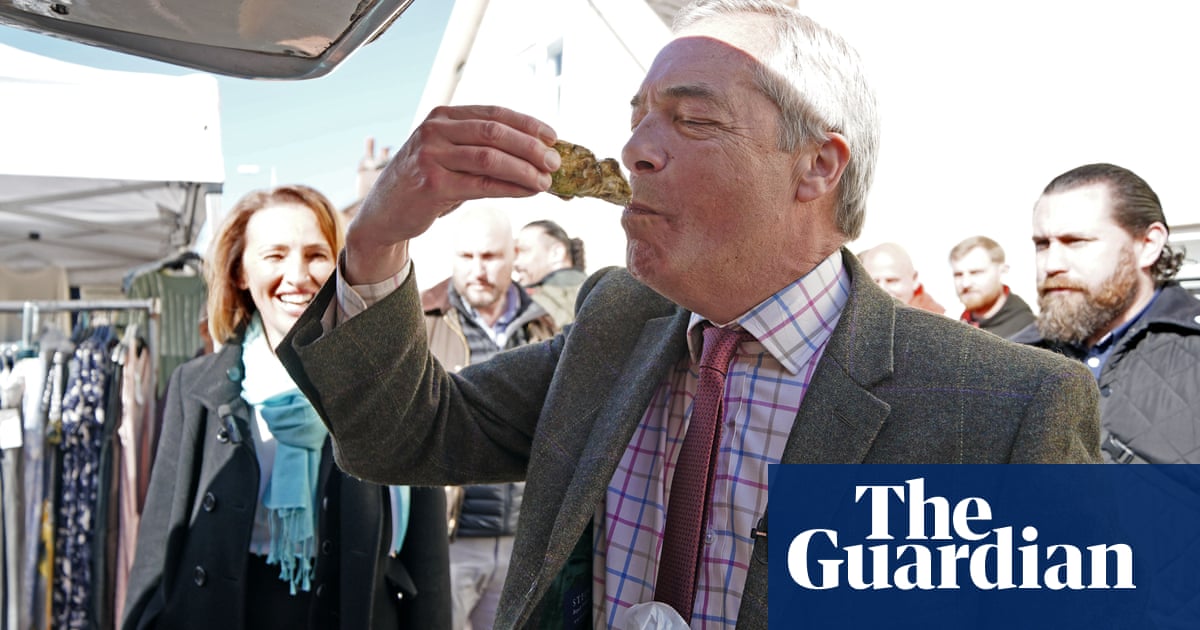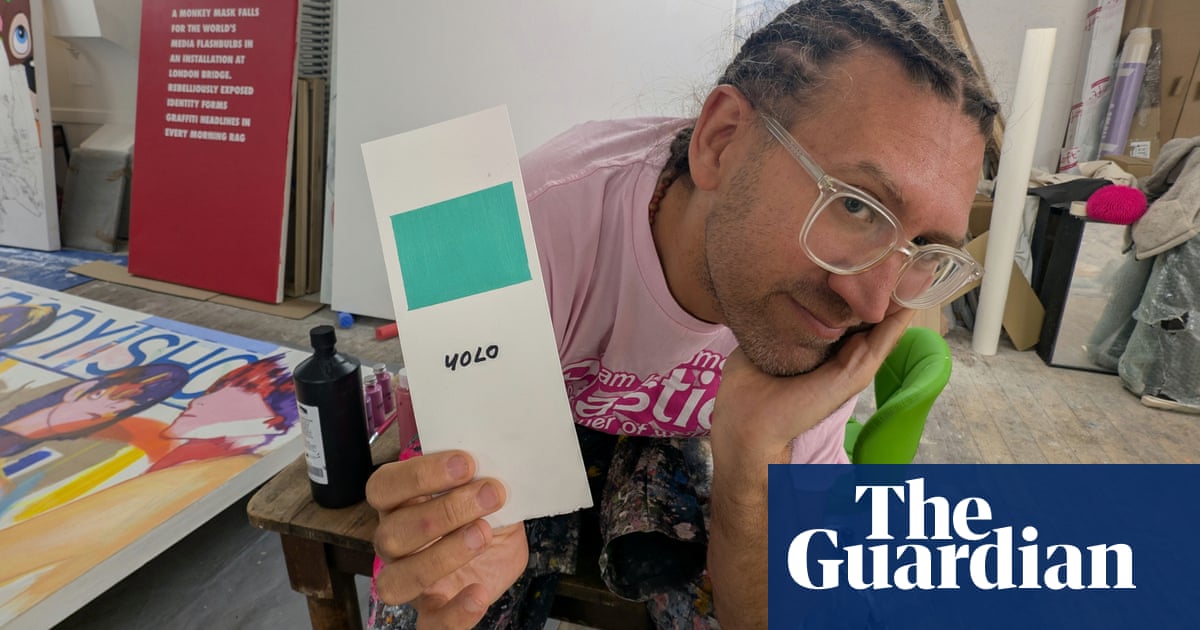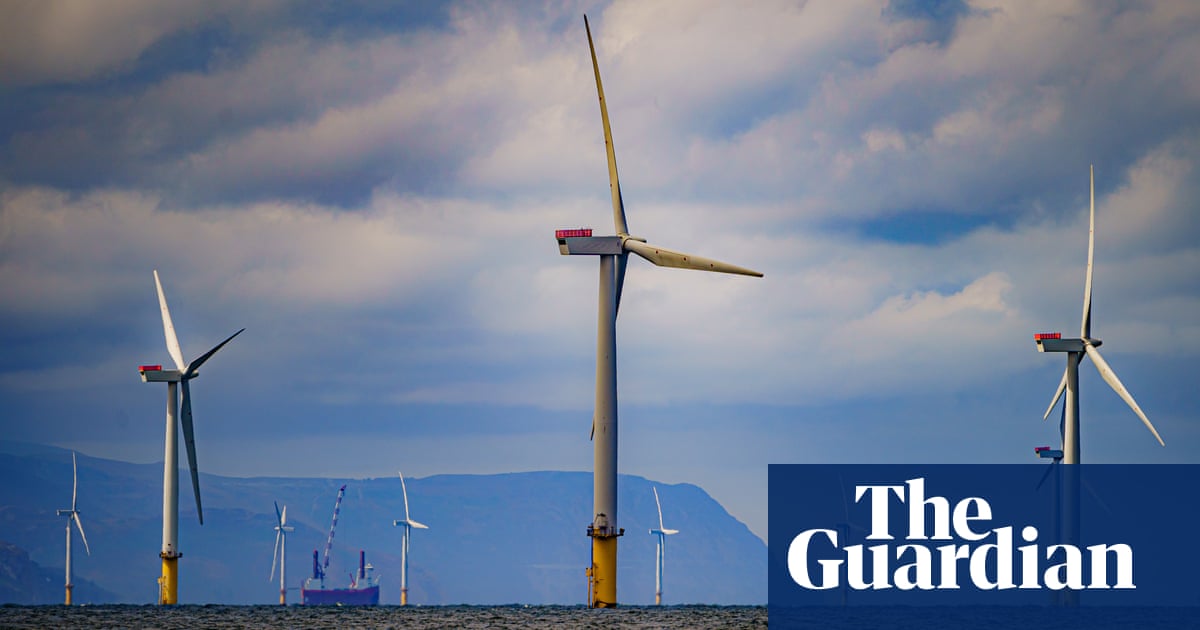The remains of Grenfell Tower have for the last seven years stood as a testament to the worst British fire disaster in living memory. They have become a permanent feature of the west London skyline; one that means the people who live and work in north Kensington – including those who survived the fire – are never far away from the reminder that 72 people died, and that this terrible loss of life was entirely avoidable were it not for a series of dreadful failures by the public bodies, private companies and regulators responsible for ensuring the safety of its residents.
The question of what should happen to the tower was always going to be highly sensitive. Some survivors and family members desperately want it to remain standing as a memorial to those who were killed. Nabil Choucair, who lost six family members, says it should at least be allowed to stand until the criminal investigation – still ongoing – has concluded. There are some local residents who say they find its continuing presence difficult and who worry about whether it is structurally safe, following engineers’ reports that have said that the tower needs to be taken down above its 10th floor for safety reasons.
Last Wednesday, deputy prime minister Angela Rayner told a community meeting that the tower would be dismantled entirely after the eighth anniversary of the fire, to be replaced by a memorial that could incorporate elements of it. The government rejected suggestions from some survivors that the lower levels should be allowed to stand, arguing this would be unfair to those with a connection to flats on the upper levels that have to be removed. Grenfell United, which represents some survivors and family members, has been highly critical of the way the government has handled the decision process; another survivor group, Grenfell Next of Kin, attributed the best of intentions to Rayner.
It is understandable and to be expected that some relatives find the prospect of the tower being taken down extremely painful, particularly given the fact that no one has yet been held criminally responsible for the fire; the outcome of any criminal trials is not expected until a full decade after it happened. Given this decision has now been made by the government, it remains critical that the Grenfell Tower Memorial Commission – itself mainly made up of elected representatives from the community – continues to engage with families and survivors with a range of views about what form the memorial should take.
after newsletter promotion
At the time the final report of the public inquiry was published, the government promised it would produce its response to the inquiry’s recommendations within six months; that response is due by early March. After a National Audit Office report last November called on the government to speed up the pace of remedial work on buildings with dangerous cladding – seven years on from the fire, only a third of tower blocks have had the cladding removed, and half a million people are estimated to live in dangerous buildings – ministers announced plans to bring forwards the deadline for buildings over 11 metres to be fixed or have a date in place for completion to the end of 2029. But that is still almost five years away. And the government will need to undertake radical reform of the construction industry to avoid another lethal fire: the inquiry recommended setting up a new public regulator, with a single line of ministerial responsibility, to oversee building construction, including licensing companies involved in the construction of higher-risk buildings. Such a scheme will be expensive, but it is of paramount importance that the resources are found.

.png) 2 months ago
76
2 months ago
76

